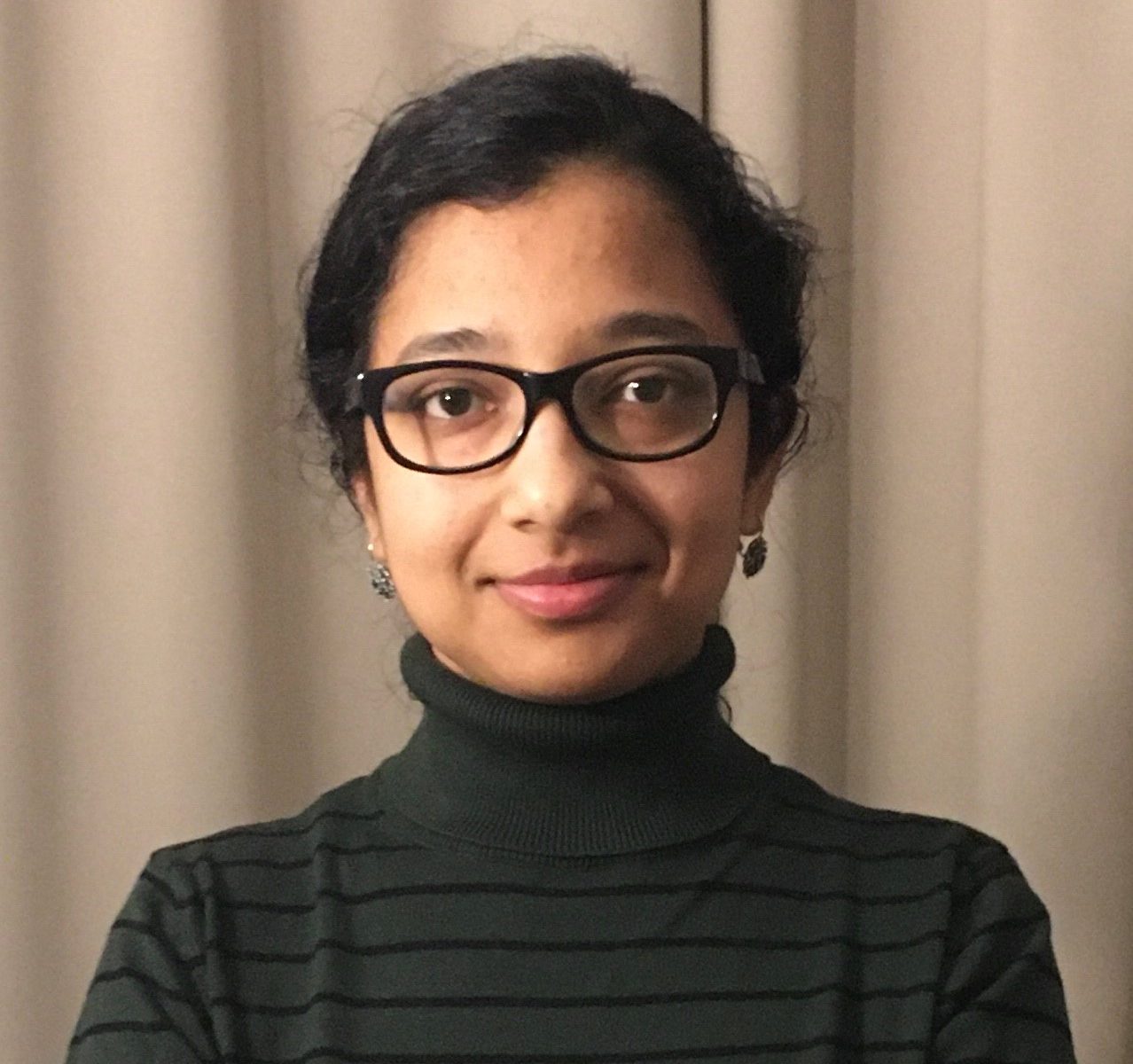
Dr. Moumita Ghosh
Currently, she is working as a Research Scientist in the Thermo Fisher Scientific, Eindhoven, Netherlands. She has post-doctoral research experiences from Debye Institute for Nanomaterials Science, Utrecht, Netherlands and Institute of Physics, University of Göttingen, Göttingen, Germany. She received her PhD in Nanoengineering for Integrated Systems from the premium most research institute of India, the Indian Institute of Science (IISc), Bangalore which requires a national level competitive entrance examination clearance. It was a direct PhD after her B.Tech degree and she also received a scholarship from the Ministry of Human Resource Development, Government of India for her full PhD duration. She has pursued her B.Tech in Instrumentation Technology from Visvesvaraya Technological University, Karnataka, India.
She is also a cofounder and project leader in the Open Academic Research, an organisation actively working towards developing research mentality in creative thinkers.
- What is your specific area of research?
My research area focuses on condensed matter physics, solid state physics and device physics to understand defect engineering of piezoelectric and ferroelectric materials atom by atom for high electromechanical response. To realise the mechanism of defect formation at nanoscale and their effect on electromechanical behaviour, I use different characterisation techniques and methods; among them transmission electron microscope (STEM, EELS, HRTEM), atomic force microscope (AFM, PFM), optical microscope (Raman, PL), X-ray diffraction, photolithography (with and without mask), nanomaterials synthesis and atomistic simulations (DFTB+) are important tools for my research findings.
- How would you explain your research field to young children?
Let’s take nine identical balls and make a square. All the balls should touch each other. If one of these balls is taken out or replaced with a big or small ball, the square geometry is under stress. At very tiny length scale -atomic length scale these cannot be seen with naked eye. I try to see and understand effect of these type of stresses at atomic length scale with different specialised tools.
- What traits might a child possess that may indicate an interest or aptitude for your research field?
The first two important traits for any type of research will be ‘observing’ and asking question ‘why’.
- What did you know about your field when you were a child?
Currently my research deals with advanced physics of materials which was not accessible to me as a child (<8 years) but I have seen old members in house using spectacles and magnifying glasses to read books. I used to get amused to see how the small objects (like, ants queueing up for food or carrying particles up to their nest) appear visually big under the thick magnifying glass. This is the basis of microscopy imaging which becomes one of the powerful tools for my research afterwards.
- Why did you choose your research field? Were you inspired by someone?
It started during my first year of B.Tech with C/microcontroller programming and introduction to computer components like microcontrollers, microprocessors, logic gates, FPGA, flip-flops, transistors etc. As I learned the working of these and got introduced to CMOS nanofabrication technology, I developed an interest towards solid state devices. I wanted to know more on what are there inside the integrated circuit packaging, how they work, what influences their behaviour. We made a self-defined project and took a self-initiative for an internship at a research institute, the Indian Institute of Science, Bangalore. During this project I encountered many scientific problems one of which resulted in a scientific publication back then. I also got involved in tool and device development for this. These exposures act as ingredients to dig more, learn and understand how the performance of the solid-state devices get influenced by different parameters at atomic scale and has motivated me to go for PhD right after my B.Tech in Instrumentation Technology.
- What are some really cool things that people in your profession work on?
They can make as well as sculpt structures which are 100,000 times smaller than the diameter of a human hair! These structures cannot be seen with naked eye. So, they also design special tools to see them and control their behaviour as they want. Aren’t that amazing?
- Do you have an analogy to help our readers to understand your work?
I think, here I will take the same example as I gave for the young children.
- How does your life as a top scientist compare with your expectations of it when you enrolled in Physics?
During my B.Tech I have no notion how to become a scientist. I always have questions and wanted to know the root cause. Due to my interest to know more on my questions I applied for PhD. As I was going on with my PhD, I started learning new fields and I continued digging deeper. These give me the opportunity to work and connect with multidisciplinary fields. I always enjoy this process and continue doing the same.
- Are there still gender differences in your research environment and what are current opportunities and challenges for women in science?
Yes, the number of women is low. I think girls need to be encouraged from their school days to develop a mentality to take up scientific research career and bridge the gap.
- What are you currently working on and what is your long-term research goal?
Currently, I am working on advanced understanding of electromechanical crystals. In long-term I want to develop technologies with these understanding.
- What inspirational message would you give young girls to inspire them to pursue a career in science?
If you want to do it go for it. It might look there are few or almost nobody from your contemporary batches perusing a career in science but if you are able to come up, there will be more numbers and inspirations for the future generations!

